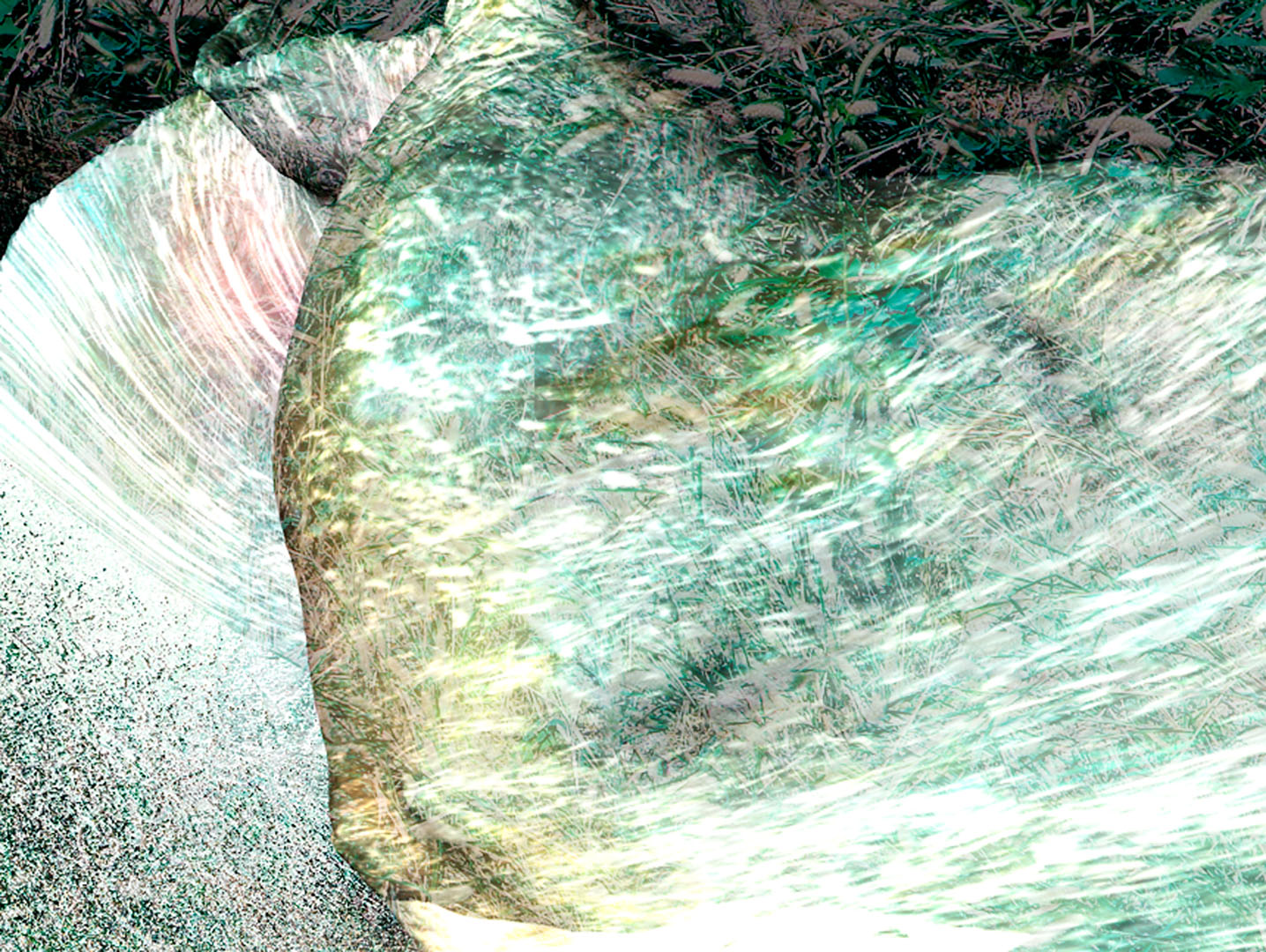Cynthia Beth Rubin: Sand and Grasses1
Artist(s):
Collaborators:
- Holly Rushmeier
-
- Yale University
Title:
- Sand and Grasses1
Exhibition:
Creation Year:
- 2006
Medium:
- 3D modeled image
Size:
- 20" x 26.5"
Category:
Artist Statement:
Even as the computer is increasingly breaking down traditional barriers among visual media, the division between 2D and 3D remains. This collaborative series grew out of discussions between engineers and artists about how 3D software can be developed to facilitate the experimental processes of artists that lead to creative vision. Over the last 20 years, the development of 2D software has responded to the needs of artists who are not working with a single objective in mind, but who use the computer to interactively modify an evolving image, manipulating texture, scale, lighting, and other features as the composition comes into being.
Working with the spirit of nature was the point of departure for this work, providing a common experience that was not already culturally mediated. The sources for the imagery are both 2D and 3D. Textures taken from flat photographs of desert grasses and sand were transformed into repeating patterns and combined with realistic 3D scans of seashells, models previously paired with surfaces that rendered them as realistic virtual objects. Finally, the images were imported into 2D software for resolving compositional problems that were more easily addressed in the intuitive mode in current 2D software.
Ultimately, the imagery is about the ambiguity of nature, the sweeps of space, and the tactile appeal of physical objects.
Technical Information:
An innovative approach to 3D scanning formed the basis of this collaboration. A Shapegrabber triangulation laser scanner was used to scan seashells. The range images obtained for several views of each shell were merged into a single triangle mesh representing the object shape. As each of the shell shapes was scanned, an Olympus 8080 color camera, calibrated for the ShapeGrabber coordinate system, was used to take 2D color images of each view of the object under five small lights located at positions that were measured with the scanner coordinate system. The color images were then processed into maps of the diffuse portion of surface reflectance, the shell models were each partitioned into height fields, and the processed color images were projected onto the partitioned models to produce texture-mapped VRML models.
A VRML model of the shell was subsequently imported into Cinema4D, where the form was distorted, and the surface texture replaced by the textures of sand and grasses. The original mapped texture is still present in modifing the surface through bump-mapping and luminance. Initial compositing was done in Cinema 4D, including color modification and juxtiposing the model with a textured plane. Adobe Photoshop was used for final cropping, color balance, and additional layering.





